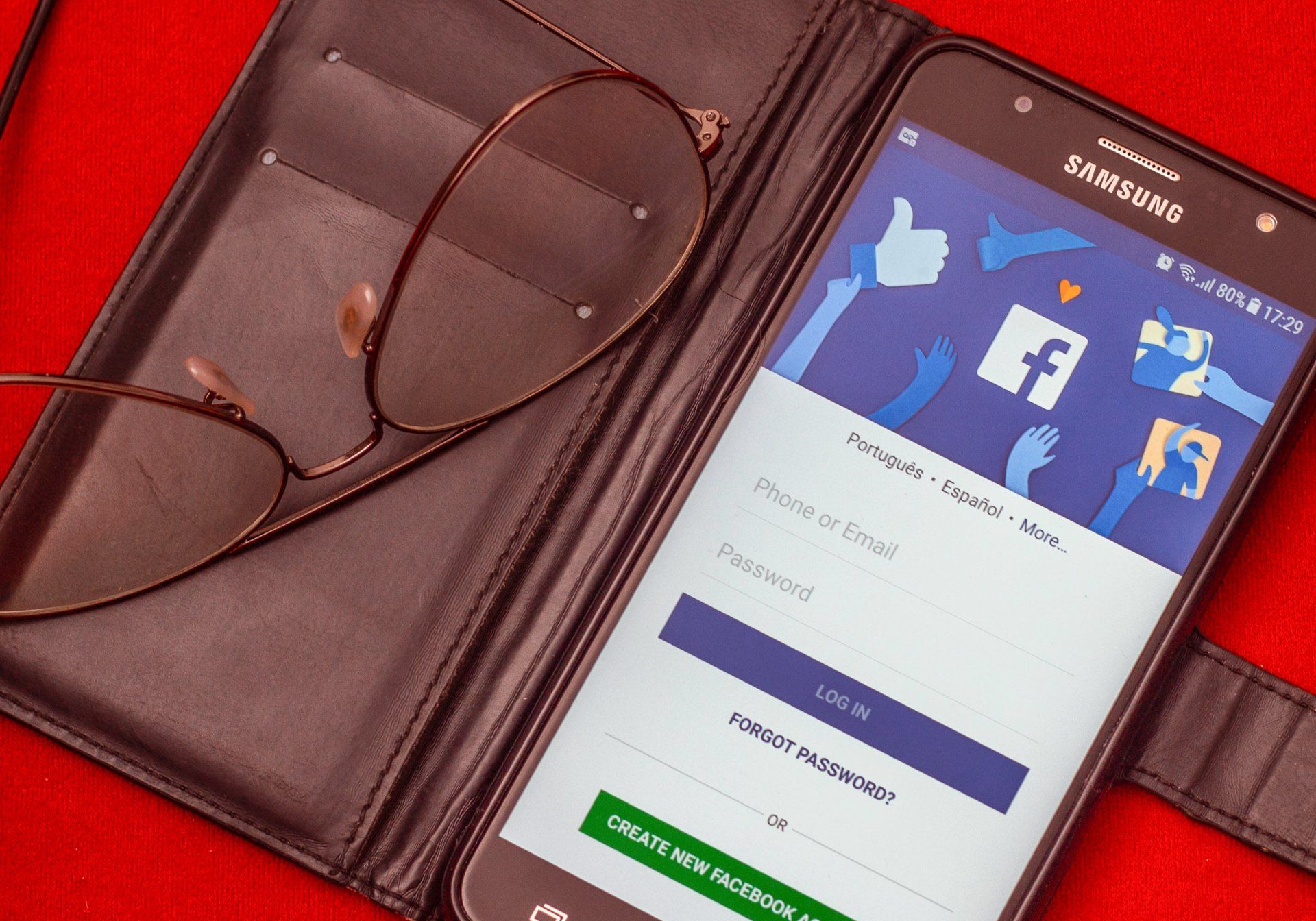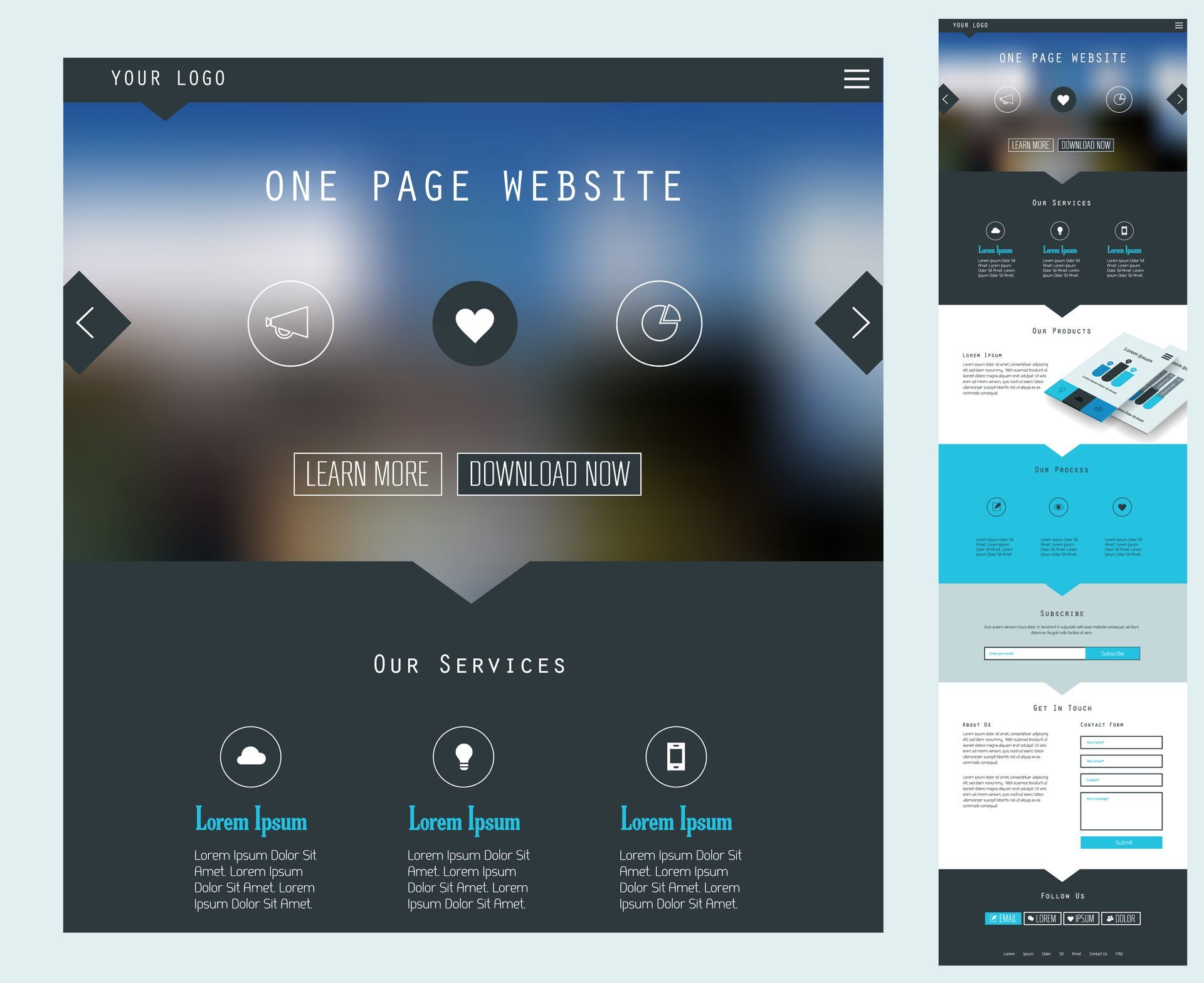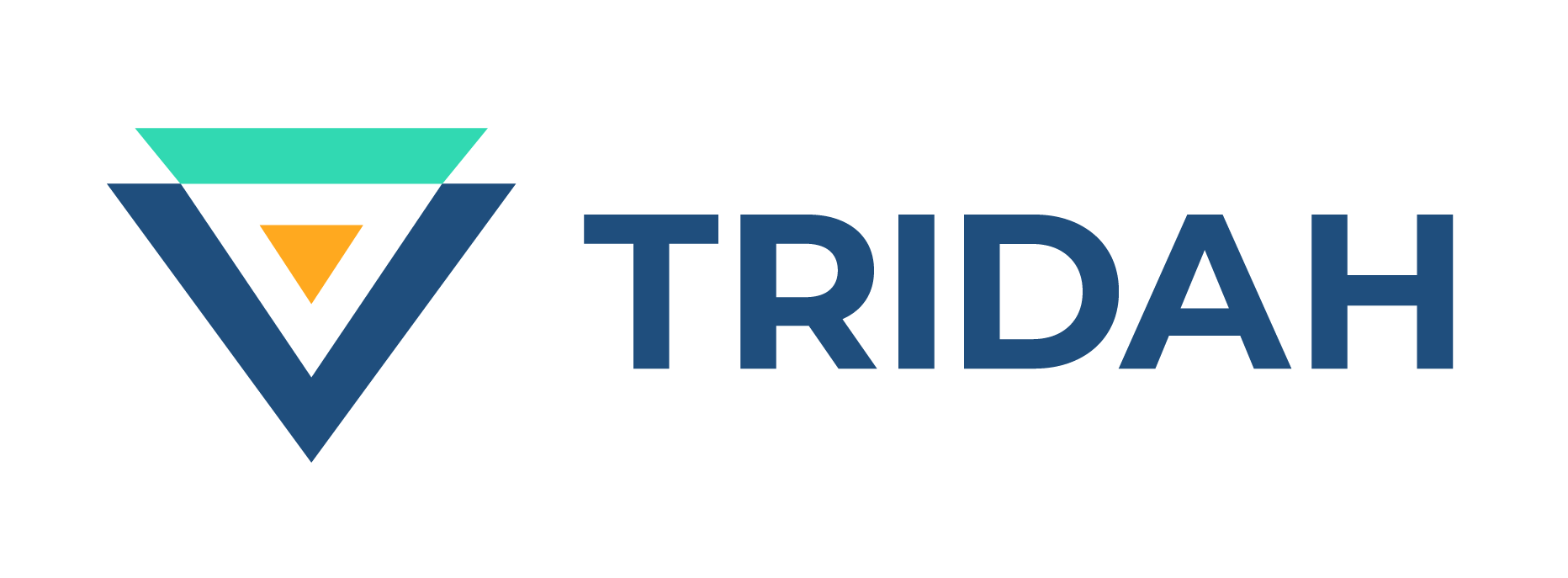Understanding ADA Compliance: Protect Your Website and Business
With the digital age evolving rapidly, online accessibility has become a paramount concern for businesses, especially in light of a significant surge in digital accessibility lawsuits. The legal pressure for websites to become more accessible has never been greater. This post will delve into the realm of the Americans with Disabilities Act (ADA) and its role in the digital landscape, its implications for businesses, and how companies can meet these vital requirements.
The Americans with Disabilities Act (ADA) and Websites
The ADA is a U.S. law passed in 1990 that prohibits discrimination against individuals with disabilities in all areas of public life. However, when the ADA was enacted, the internet as we know it today was in its infancy, so the law did not originally account for digital accessibility.
As the internet has grown and evolved, courts have generally interpreted the ADA as applicable to websites and online businesses, making them part of the "places of public accommodation". Thus, a website that is not accessible to people with disabilities, such as those who are blind, deaf, or dyslexic, can be seen as discriminatory and in violation of the ADA.
The Rise in ADA Compliance Lawsuits
Recent years have seen a drastic increase in ADA compliance lawsuits against website owners. These lawsuits assert that certain websites are not accessible to individuals with disabilities, thereby violating the ADA.
Consider the following examples:
- Perla Mageno vs. San Marcos Restaurants Inc
- Omar Rodriguez vs. Bitchin Inc
- James Watson vs. The Eden Plants LLC
- James Watson vs. The B-12 Store Holdings Inc
- John Mahoney vs. Foot Locker Stores Inc
- Jahron Black vs. De Gournay Inc
A comprehensive list of recent lawsuits can be found here.
These cases underscore the critical need for businesses to ensure that their websites are ADA compliant.
Preparing for ADA Compliance: How to Make Your Website Accessible
So, how can you make your website ADA compliant and avoid lawsuits? There are several strategies you can adopt:
- Understand and Implement Web Content Accessibility Guidelines (WCAG): These guidelines provide a detailed checklist of factors that make a website accessible, including text alternatives for non-text content, captions for multimedia, and options to adjust text size and color contrast.
- Regularly Audit Your Website for Accessibility: Regular audits can help identify any shortcomings in your website's accessibility. Automated tools can be used for preliminary assessments, but nothing replaces manual testing.
Consult with Experts: Companies like Tridah and ADA Compliance Firm offer professional services to make websites ADA compliant. They provide expert advice on web design, branding, and specifically ADA compliance to ensure your site meets all necessary requirements.
- Incorporate Accessibility from the Start: If you're building a new website, it's much easier and cost-effective to incorporate accessibility from the beginning, rather than retroactively fixing issues.
- Train Your Team: Your team should be aware of ADA compliance requirements and how they apply to their work. This applies to developers, content creators, and even customer service representatives.
- Develop an Accessibility Statement: An accessibility statement on your website shows your commitment to accessibility and provides information about your efforts to ensure that all users can access and use your site.
Conclusion
Ensuring ADA compliance isn't just about avoiding lawsuits - it's about providing equal access and opportunities for all users, including those with disabilities. In this increasingly digital age, businesses have a responsibility to ensure their online presence is accessible to all.
By understanding and implementing the ADA's requirements, you can not only protect your business from costly litigation but also improve your brand's reputation and reach a wider audience. In the long run, investing in ADA compliance is an investment in your business's future.
Remember, an accessible web is an inclusive web. Let's strive for that.
Join our newsletter
Get news and updates as they happen!
Tridah | Newsletter
Thank you for joining our Newsletter!
Oops, there was an error.
Please try again later








